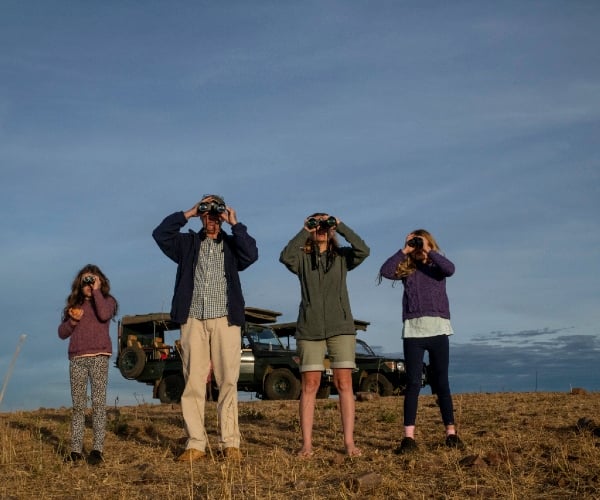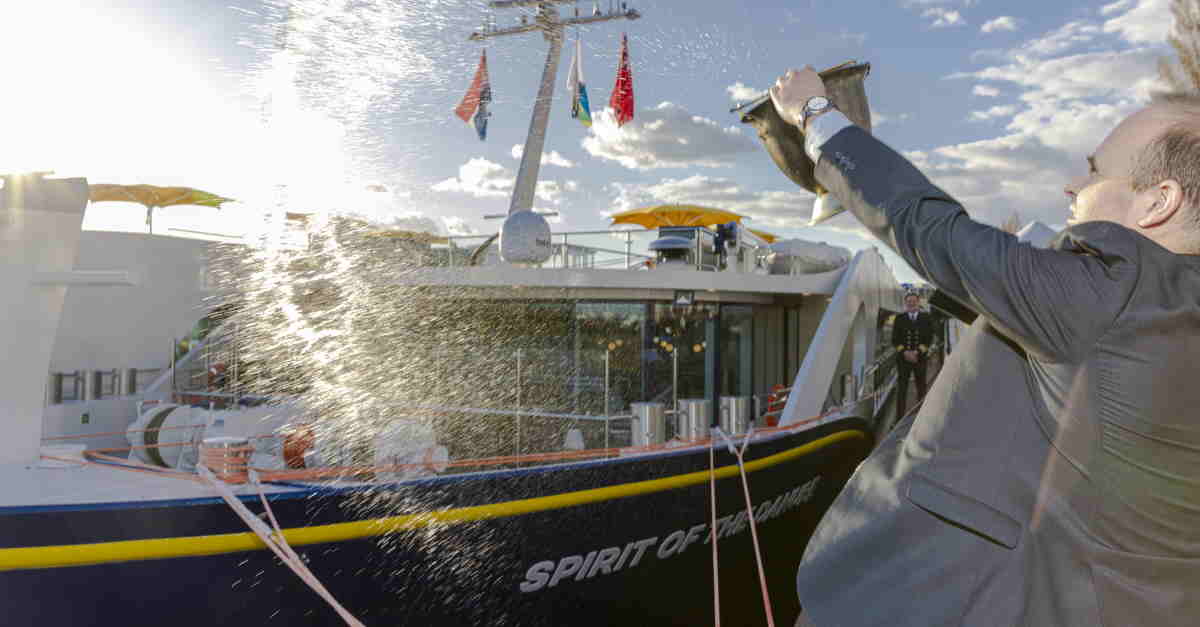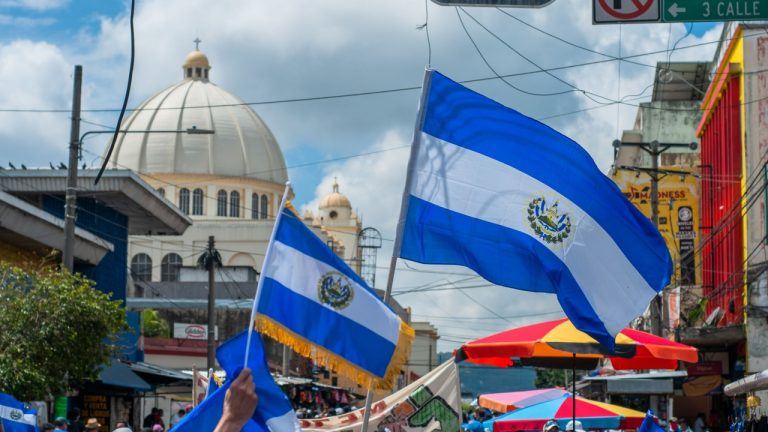The Most Remote Destinations (And How to Actually Get There)
Looking for a far-flung getaway? Here are some of the world’s most remote destinations and natural wonders, perfect for intrepid travelers craving solitude, adventure and pristine environments. Quick Jumplinks Faroe Islands Mahale Mountains Svalbard Norway South Georgia Pitcairn Islands...
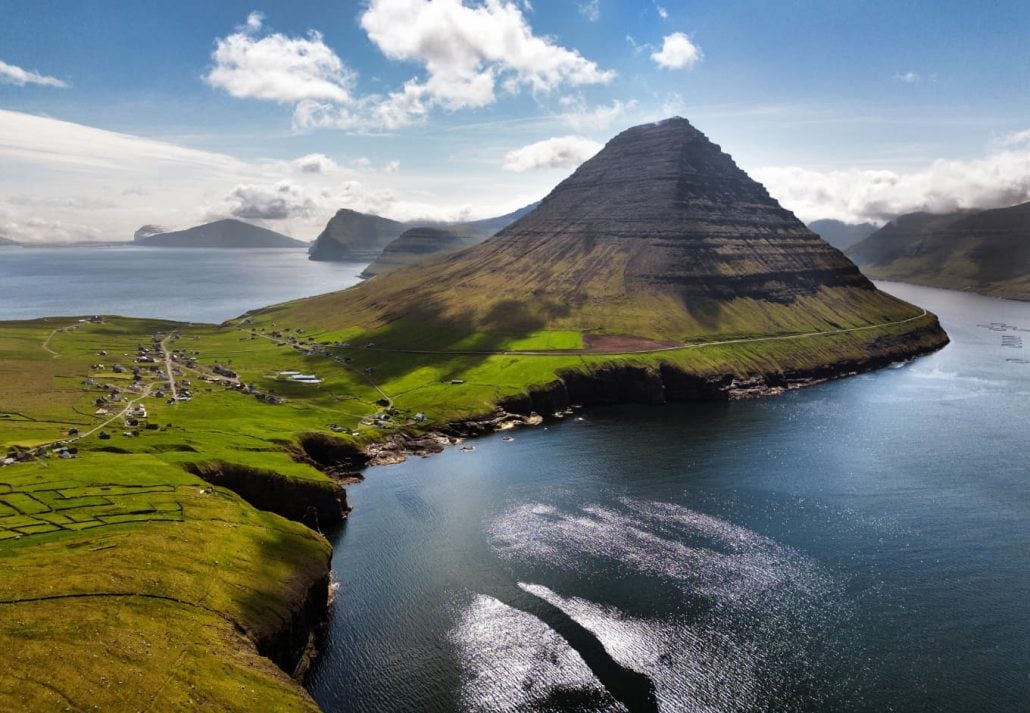
Looking for a far-flung getaway? Here are some of the world’s most remote destinations and natural wonders, perfect for intrepid travelers craving solitude, adventure and pristine environments.
1. Faroe Islands

Nestled in the North Atlantic, the Faroe Islands offer unparalleled adventure with otherworldly landscapes, towering cliffs, and sea caves. Explore remote islands connected by bridges, tunnels, and ferries.
How to get there?
Fly into Vágar Airport, then navigate the archipelago by car or boat.
2. Mahale Mountains, Tanzania

Located along the shores of Lake Tanganyika, the Mahale Mountains are home to wild chimpanzees and a natural habitat rich in biodiversity. The isolated beaches and snow-capped mountains offer a stunning backdrop for your adventure.
How to get there?
Fly from Dar es Salaam to a remote airstrip, then take a boat trip to the national park for hiking and wildlife viewing.
3. Svalbard, Norway
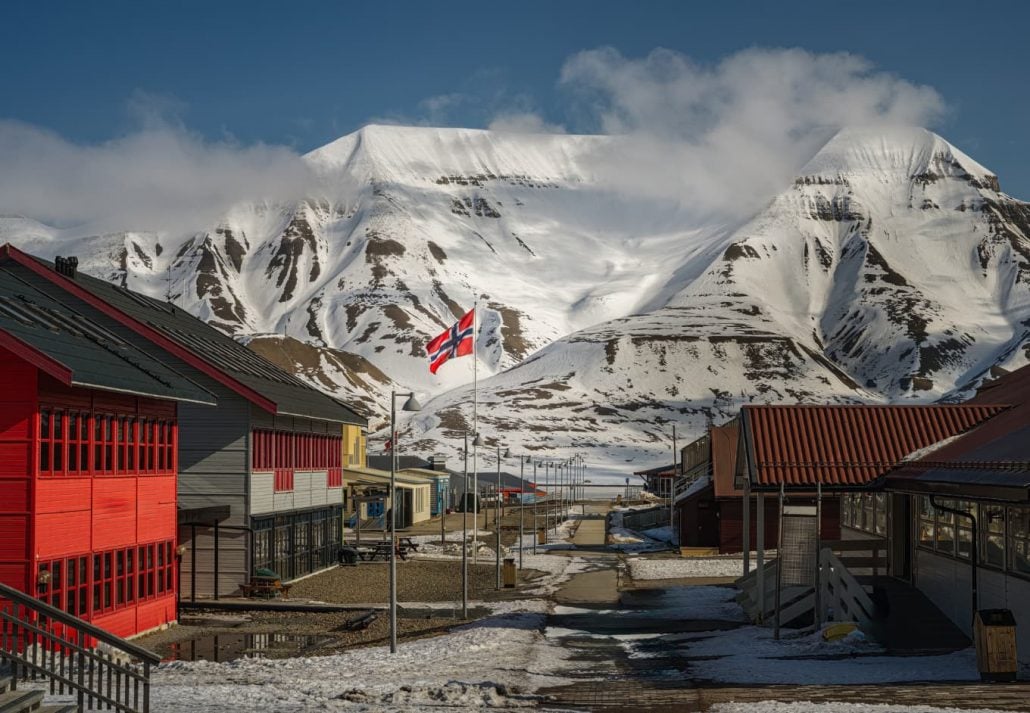
For a true Arctic experience, visit Svalbard, a Norwegian archipelago deep in the Arctic Circle between mainland Norway and the North Pole. The northern lights, polar bears, and vast expanse of ice-covered land make it one of the world’s most remote locations.
How to get there?
Reach Svalbard by flying into Longyearbyen, then explore the region with expert guides.
4. South Georgia, South Atlantic
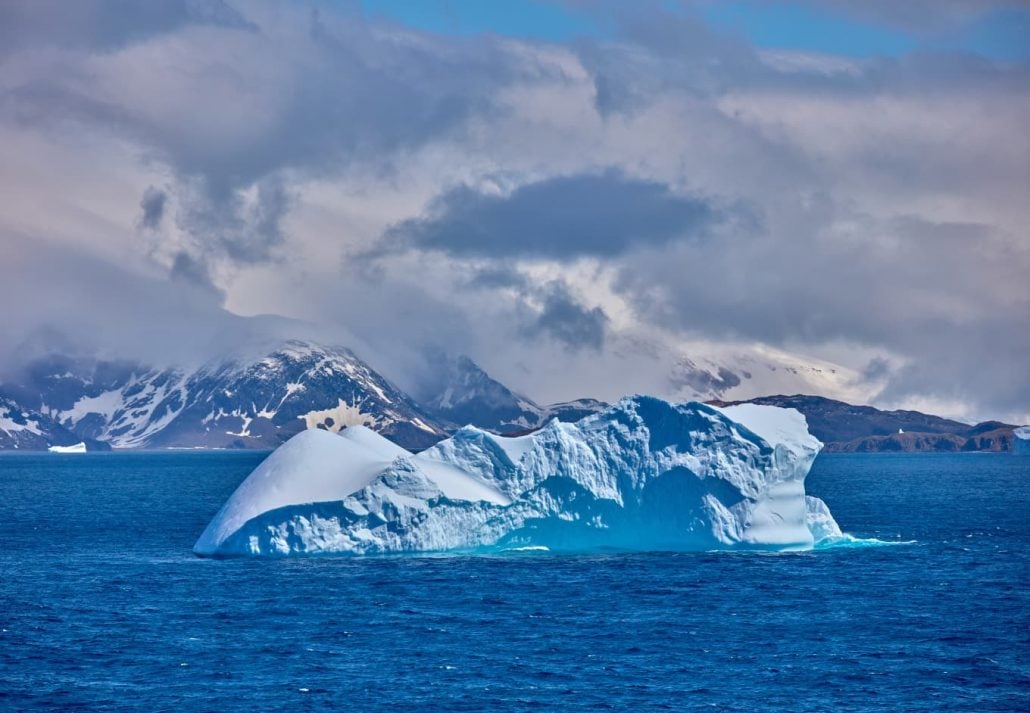
This southern end of the world offers towering mountains, vast deserts of ice, and colonies of king penguins.
How to get there?
Embark on a boat trip from Ushuaia, Argentina, to reach this isolated island. The journey is long, but the pristine environment makes it worthwhile.
5. Pitcairn Islands, South Pacific
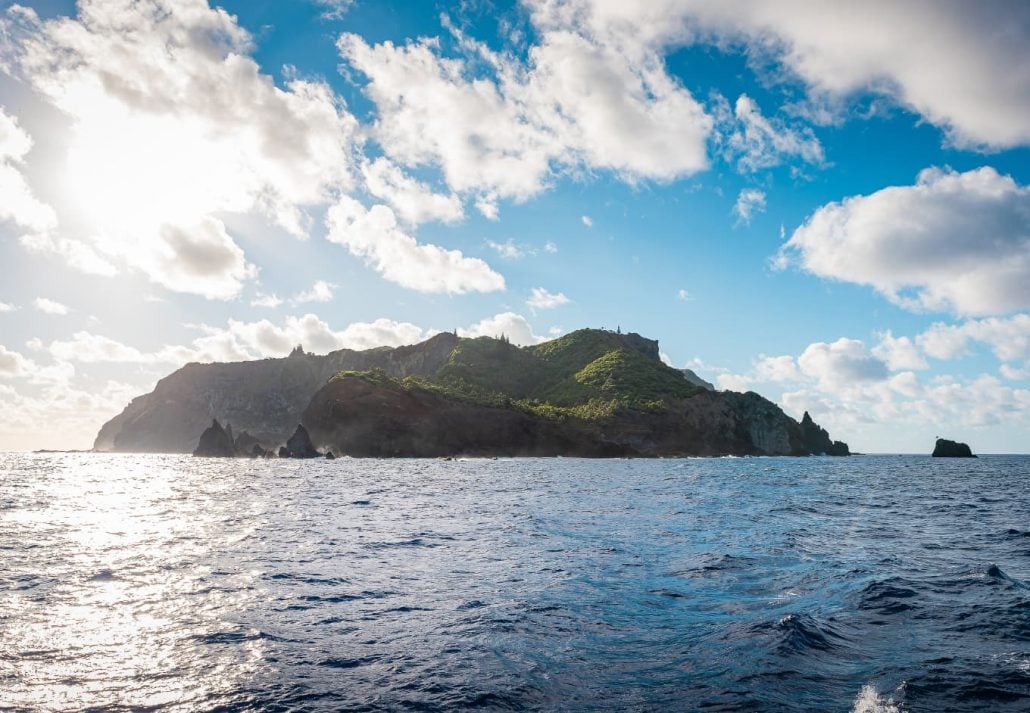
One of the world’s most isolated places, the Pitcairn Islands are roughly the size of New York City but with only about 50 inhabitants. Over here, island life blends with a deep connection to local communities, local culture, and nature.
How to get there?
Fly to Tahiti and take a boat to reach this island paradise in the South Pacific.
6. Ittoqqortoormiit, Greenland
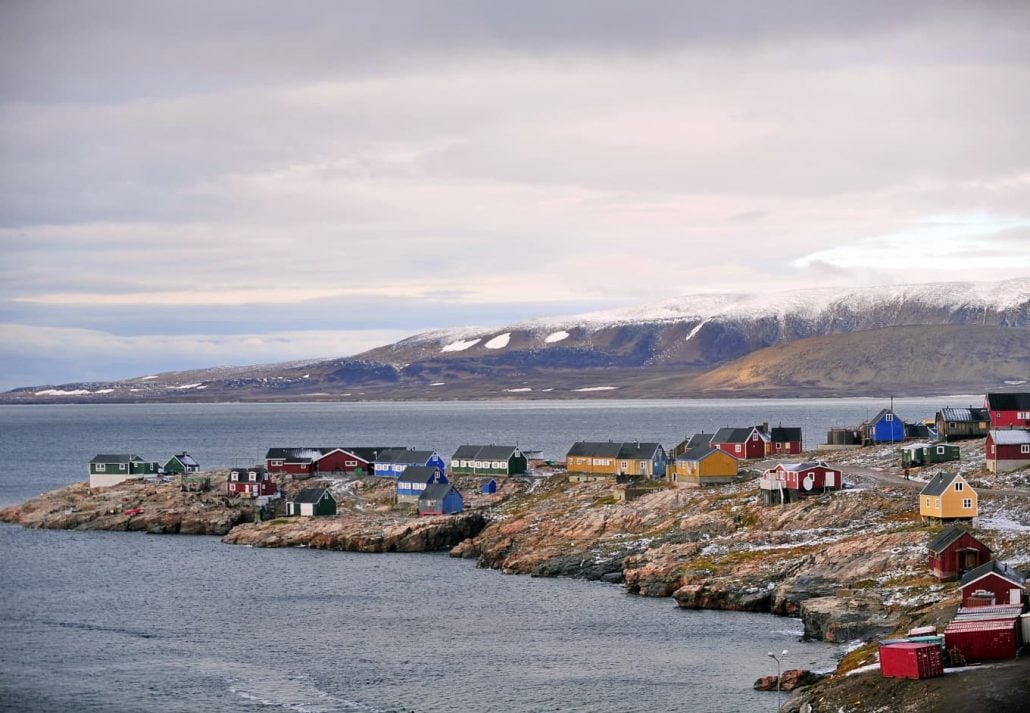
Nestled in the east coast of Greenland’s vast National Park and between the Earth’s largest fjord, Scoresby Sound, Ittoqqortoormiit is a remote and tiny town, home to just 450 people, is a vibrant splash of color against the stark landscape, with rainbow-hued houses dotting the mountainous terrain.
How to get there?
Fly to Iceland. The closest international airport is in Reykjavik, Iceland. From Reykjavik, you’ll need to take a domestic flight to Nerlerit Inaat Airport (Constable Point) in Greenland. The final leg of your journey involves a transfer from Nerlerit Inaat to Ittoqqortoormiit. This can be done by helicopter, boat, or snowmobile.
Frequently Asked Questions
What are some of the most remote places in the world?
Some of the most remote locations include the Faroe Islands, the Mahale Mountains in Tanzania, Svalbard in the Arctic Circle, South Georgia in the South Atlantic, and the Pitcairn Islands in the South Pacific. These destinations offer unparalleled adventure, isolated beaches, and otherworldly landscapes.
Can I see the northern lights in any remote locations?
Yes! You can see the northern lights in remote places like Svalbard in the Arctic Circle, a vast expanse of frozen land where polar bears and other Arctic wildlife roam freely.
Are there any remote islands in the Arctic Ocean worth visiting?
Svalbard, located deep in the Arctic Ocean, is a stunning archipelago that offers vast expanses of snow and ice, polar bear sightings, and northern lights displays. The islands are a top destination for intrepid travelers seeking raw nature.
What’s the best time to visit these remote destinations?
The high season for each destination varies. For the northern lights, visit Svalbard during the long Arctic night between November and February. For the South Pacific and the Mahale Mountains, consider traveling during the dry season to enjoy outdoor activities and isolated beaches.
Can I visit remote destinations sustainably?
Yes, several remote locations have ongoing conservation efforts and projects aimed at protecting the natural environment. By working with local communities and expert guides, travelers can ensure they leave a positive impact during their trips.

 UsenB
UsenB 







